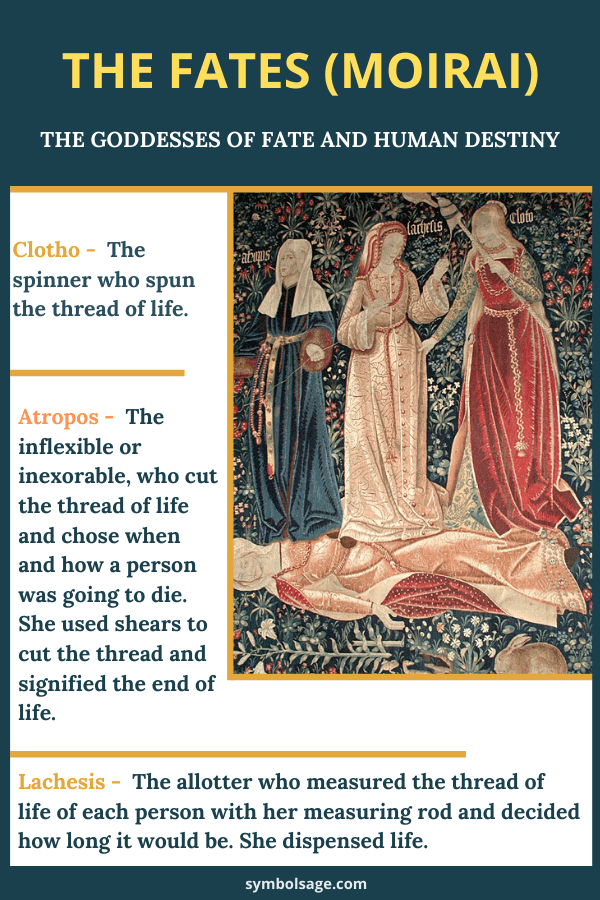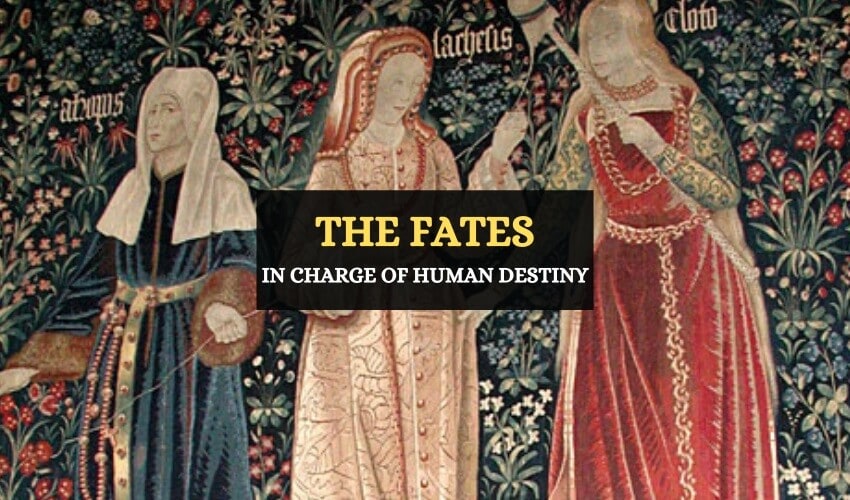
Table of Contents
In Greek mythology, when people were born, their destinies were written. The Fates, also known as Moirai, were the ones in charge of this task. The three sisters Clotho, Lachesis, and Atropos were the goddesses of fate who determined the destiny of mortals. Much like the Norns of Norse mythology, they spent their time determining the destiny of humans. Let’s explore the role of the Fates and why they’re important.
Origins of the Fates, a.k.a. the Moirai
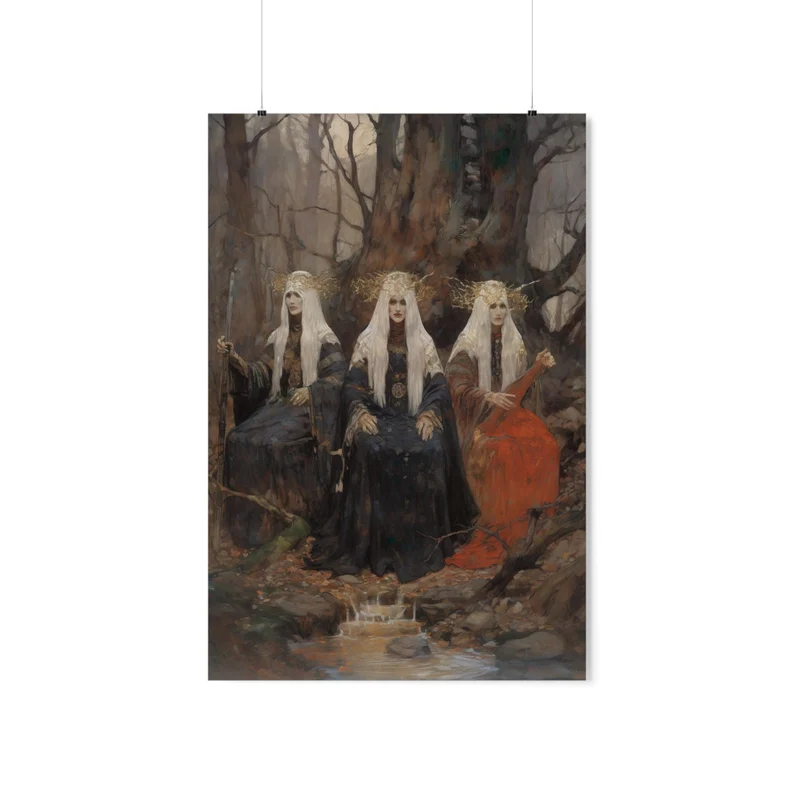
The first author to refer to Fate as a deity was Homer. He mentions Fate not as goddesses, but as a force that has to do with the affairs of men and determines their destiny. This was an abstract concept, but it established the idea that Fate was an independent force.
It was Hesiod who proposed that the Fates were the three goddesses of destiny and assigned them names and roles. This depiction of the Fates is the most popular.
- Clotho: The spinner who spins the thread of life.
- Lachesis: The allotter who measures the thread of life of each person with her measuring rod and decides how long it would be. In this way, she dispenses life.
- Atropos: The inflexible or inexorable, who cuts the thread of life and chooses when and how a person is going to die. She uses shears to cut the thread, which signifies the end of life.
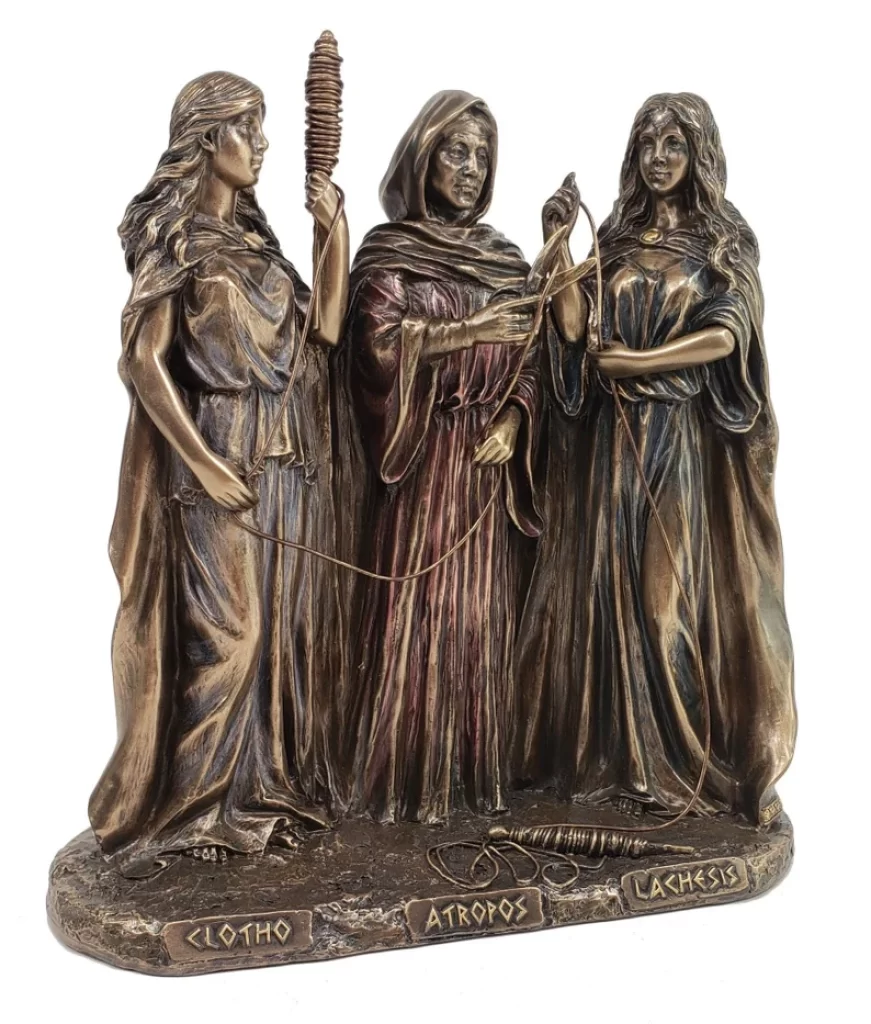
According to the myths, the Fates were the daughter of Nyx, the personification of the night. They had no father, or at least none that are mentioned in the early texts. Later stories, however, place them as daughters of Zeus and Themis. In literature, their depictions often showed them as ugly old women with threads and shears. But over time, this depiction changed, and they began to be shown as beautiful, enticing women.
The Fates are consistently depicted as three spinners, weaving the fabric of life. This is where the phrases fabric of life and thread of life come from.
Role in Greek Mythology
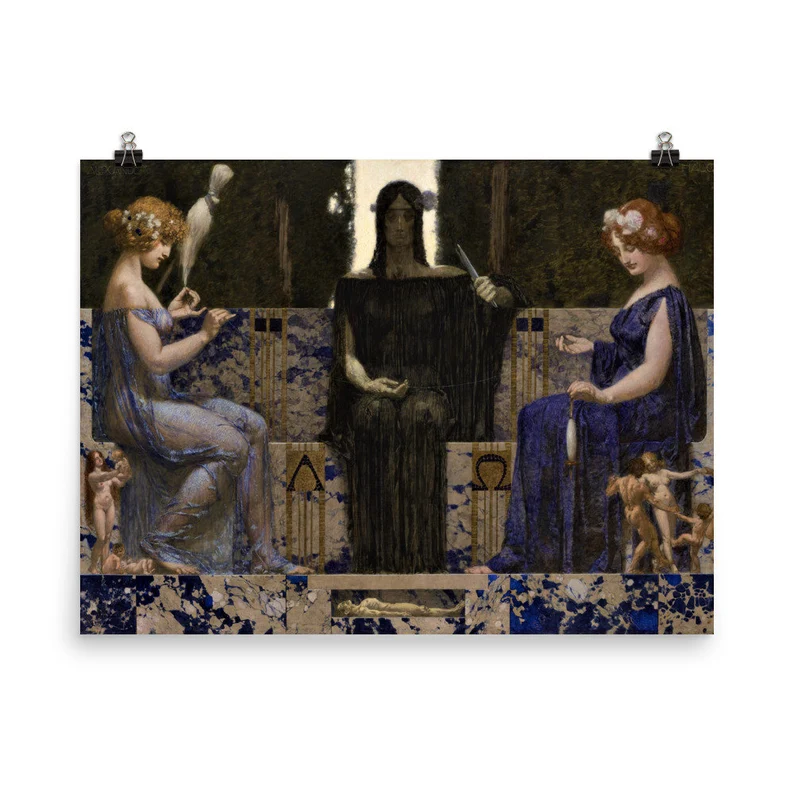
When a child is born, the three Fates determine their destiny. Clotho, as the spinner, spun the thread of life. Lachesis, as the allotter, gave that life its share in the world. And lastly, Atropos, as the inflexible, set the end of life, and ended it by cutting the thread when the time had come.
But while the Fates had a lot of power in determining the destiny of mortals, humans also had some say in what their journey of life would be. The Fates did not directly intervene in the affairs of the human world, but used their influence so that the fate that was assigned took its course with no obstruction. The Erinyes, for example, were sometimes under the service of the Fates to deliver punishment to those who deserved it.
To assign the destinies of mortals, the Fates had to know the future. They were prophetic deities who, in some cases, revealed hints about the future. Since the end of life was part of destiny, the Fates were also known as goddesses of death.
The Fates and Zeus
Zeus and the other gods could not interfere once the Fates had set a destiny; their decision and power were final and beyond the powers of the other gods. However, this wasn’t always the case, since Zeus, as the father of both men and gods, could change destinies when he saw it fit. In these myths, Zeus was not a subject but the leader of the Fates.
According to some myths, Zeus could not interfere with the destinies of his son Sarpedon and the prince of Troy, Hector when the Fates took their lives. Zeus also wanted to save Semele from dying after he appeared in front of her in his godly form, but he would not interfere with the threads of the Fates. In this way, the Fates are respected and depicted as highly powerful figures. Even the powerful god Zeus respected their decisions.
Symbolism of the Fates (Moirai)
The Fates, or Moirai are symbolic of the inevitability of life and death, as well as of pre-determination and destiny. Each of the sisters holds her own symbolism, based on her role in determining a person’s fate.
- Clotho (The Spinner)
- Symbolism: Birth and the beginning of life.
- Attributes: She is often depicted with a spindle or a spinning wheel. Clotho spins the thread of life, representing the act of birth and the beginning of a person’s destiny.
- Lachesis (The Allotter or Measurer)
- Symbolism: The course of one’s life, destiny, and fate.
- Attributes: She holds a rod, staff, or measuring tape. Lachesis measures the thread, determining the length of one’s life and what events will occur. This measurement symbolizes the predetermined lot or portion of one’s life.
- Atropos (The Inflexible or Unturnable)
- Symbolism: The inexorable nature of death and the end of life.
- Attributes: She wields a pair of shears or scissors. Atropos is responsible for cutting the thread of life, representing the inevitable end that all mortals face. Her act is irreversible, emphasizing the finality of death.
The Fates in the Myths

The Fates as characters did not have a big role in the Greek myths, but their powers set the events that would occur in many tragedies. They are background figures that determine much of what happens, without ever being present in the actual myth. The three goddesses appear offering gifts to men and gods or spinning fate at birth.
Some of their most popular appearances in Greek mythology are briefly described below.
- Against the Giants: They took an active role in the war against the giants, the Titanomachy, where they fought alongside the Olympians and reportedly killed a giant using bronze clubs.
- War Against Typhon: In the war of the Olympians against the monster Typhon, the Fates convinced the monster to eat some fruits that would lessen his strength, by saying that they would strengthen him. Typhon believed the Fates to his disadvantage, and was eventually bested by the gods.
- Birth of the Gods: The fates were involved in the birth of Apollo, Artemis, and Athena. To Athena, they gifted eternal virginity and a life without marriage.
- Delaying Heracle’s Birth: Some myths suggest that the Fates assisted Hera to delay the birth of Heracles, so that Eurystheus would be born first. This was Hera’s way of taking vengeance against Zeus’ love-child Heracles.
- Althea’s Son: Upon the birth of Meleager, his mother, Althea, received the visit of the Fates, who told her that his son would die once a log that was ablaze in the hearth of the house had been fully consumed. Althea kept the log safe in a chest until, maddened by the death of her brothers by Meleager’s sword, she burned the log and killed her son.
- Tricked by Apollo: The Fates were tricked once by Apollo in order to save his friend Admetus who was destined to die. Apollo got the Fates drunk and then pleaded with them to save Admetus in exchange for another life. However, Apollo couldn’t find someone else to take Admetus’ place. It was then that Alcestis, the wife of Admetus, stepped in to take her husband’s place voluntarily, sacrificing her life to save his.
Influence of the Fates in Modern Culture
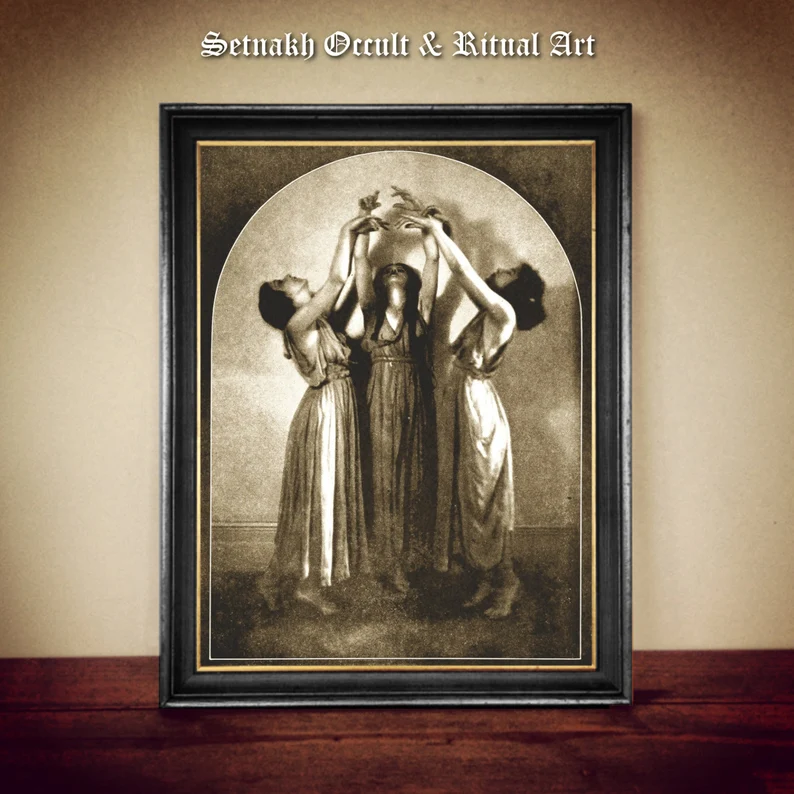
The free will of humankind has been a long-discussed topic in history. To some accounts, humans are born free and create their destiny on the way; to some others, humans are born with a written destiny and a purpose on earth. This debate opens the door to a philosophical discussion, and the beginning of it all could come from the inclusion of the Fates and the written destiny of mortals in Greek mythology.
The idea of the Fates was imported into Roman mythology. The Fates became known as the Parcae in Roman mythology: Nona (Spinner), Decima (Allotter), and Morta (Death). They were related not only to death but also to birth. In that sense, the idea of a written destiny at birth continued during the Roman Empire and from there, spread to the western world.
Facts About the Fates
The Fates were born of Nyx, goddess of the night. They had no father.
The Fates were the siblings of Horae, the goddesses of the seasons, as well as several others who were children of Nyx.
Their symbols include the thread, dove, spindle and shears.
The Fates aren’t depicted as evil, but as simply doing their task of assigning the destinies of mortals.
The three sisters were tasked with deciding the fates of mortals.
The thread symbolizes life and lifespans.
The Furies were the goddesses of vengeance and would assign punishments for wrongdoing. The Fates assigned the share of good and evil for each person according to the laws of necessity, and decided on their lifespans and moment of death. Sometimes The Furies would work with The Fates in assigning punishment.
In Brief
The fates were paramount beings in Greek mythology since they oversaw and dictated everything that went on in the world. No life would begin nor end without the influence of the Fates. For this, their role in Greek mythology was primordial, and their effect on culture is still present nowadays.
